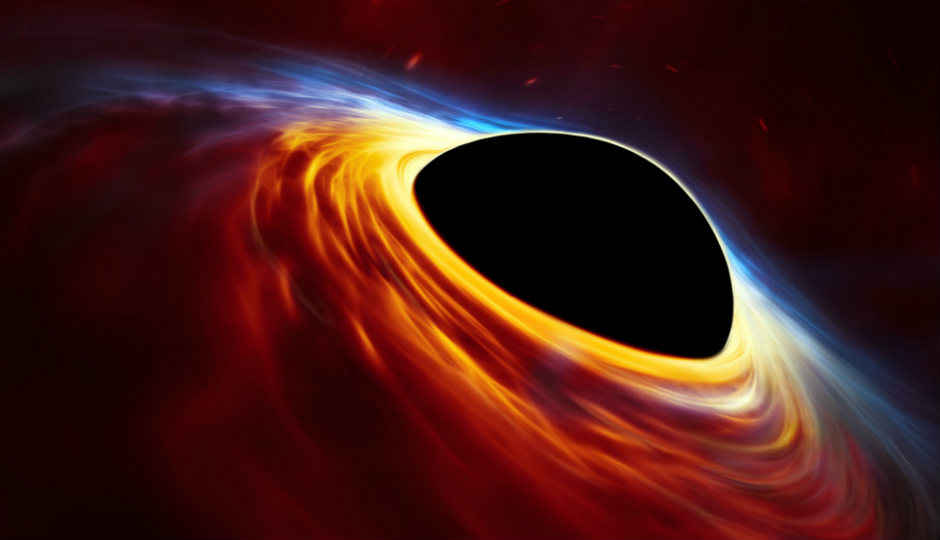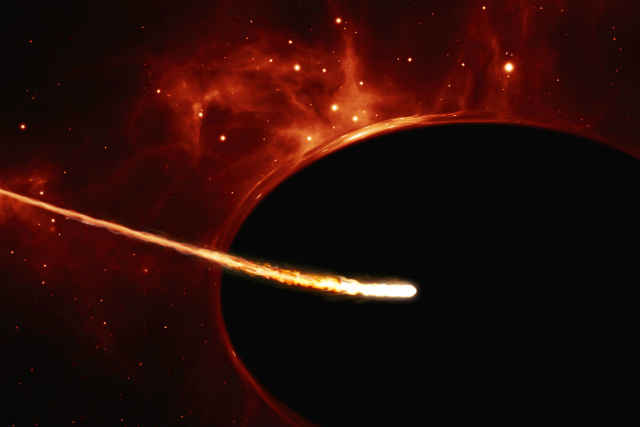A monster black hole swallowed an entire star to create the brightest supernova ever

Space can be violent and unthinkably beautiful at the same time.
They always say, beauty depends on how you perceive it. While a supernova explosion is reasonably “normal” in terms of space activities, the one observed by scientists back in January 2016 was certainly beyond normal supernova activity. While it gave rise to research and observation of “superluminous supernovae”, recent data has led to scientists exclaiming that the explosion, in fact, was a gargantuan black hole of incredible, unthinkable proportions actually tearing apart a star from nearby, thereby killing it.
The All-Sky Automated Survey for Supernovae (ASASSN) spotted the source of light that was at least twice as bright as any known supernova. For reference, a supernova occurs at the death of a star when it runs out of its gases, or when foreign elements interfere with the natural constituency of a star. At the moment of its death, the star shines the brightest among any around it. Superluminous supernovae, however, are even brighter – up to about 100 times brighter than any other supernova, and still very rare in the entire universe. That, is a lot of heat, light and force.
On this note, the January explosion observed by ASASSN was more than twice as bright as a superluminous supernova, leading to scientists being intrigued by the magnitude. Named ASASSN-15lh, the explosion happened 3.8 billion light years away from our home, and emitted light that is about 570 billion times more than what our dwarf star the Sun is capable of, at its peak energy emission. While initial reactions suggested that it is a massive supernova, scientists now believe that it is a black hole of extreme proportions ripping apart a star.
Giorgos Leloudas from the Weizmann Institute of Science in Rehovot, Israel told Space that while normal superluminous supernovae start cooling down gradually after extreme heat, this one started re-heating up, and remained constantly at the high temperature, signifying terrific forces and collision of matter. Even now, it continues to do so. Alongside, the incident was observed in a reddish galaxy that typically does not include young, massive stars known for dying as superluminous supernovae.
All of these signify a star being pulled apart by terrific forces of a black hole. Now being classified as a Tidal Disruption Event (TDE), the star involved possibly was of low mass, that happened to pass by a rapidly spinning giant black hole, with incredible gravitational forces. Incidents of tidal proportions are frequent in space, but even based on such standards, this is pretty exceptional and stunning.
What remains to be seen is how the explosion pans out, and the repercussions of such galactic interactions. The scientists involved in the observation published their findings online, in Nature Astronomy journal, and will be unveiled in a PDF in January 2017.





